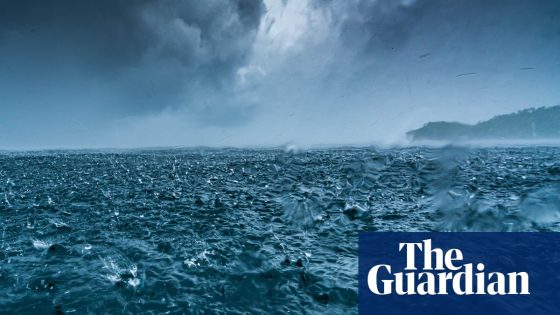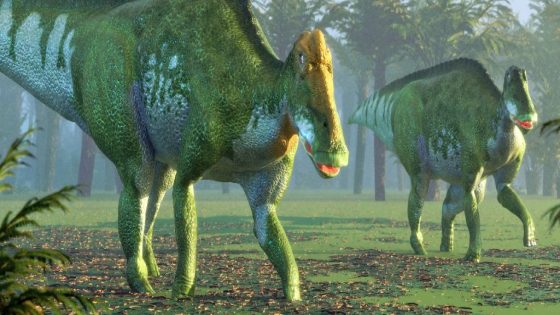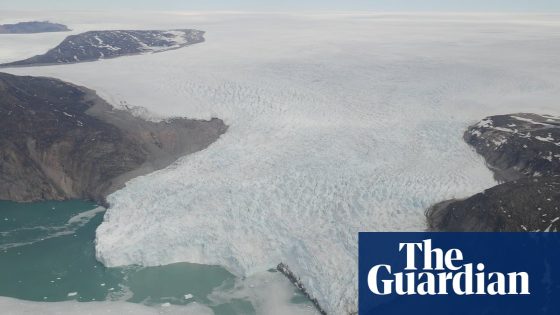Recent research suggests that the vital Atlantic Ocean currents, known as the Atlantic meridional overturning circulation (Amoc), are unlikely to collapse completely this century. However, a significant weakening is still expected, which could have catastrophic effects on global weather patterns and billions of lives. How will this impact our climate and daily lives?
- Amoc collapse unlikely this century.
- Severe weakening still probable.
- Climate models show Amoc instability.
- Southern Ocean winds stabilize Amoc.
- Amoc weakening affects global climate patterns.
- Urgent need to reduce greenhouse gas emissions.
Why the Stability of Atlantic Ocean Currents Matters to the U.S.
The Amoc plays a critical role in regulating global climate. But what happens if it weakens? The potential impacts on weather, agriculture, and sea levels could be severe. For Americans, this means more extreme weather events, such as floods and droughts. Are we prepared for these changes?
Understanding the Impacts of Amoc Weakening on Climate
The Amoc is essential for transporting warm water across the Atlantic, influencing weather and climate. A weakening could lead to:
- Increased flooding and droughts in various regions.
- Higher sea levels along the U.S. East Coast.
- Altered weather patterns affecting agriculture.
- More severe storms and temperature drops in Europe.
The Science Behind Amoc: What We Know So Far
Scientists have been studying the Amoc for years, and recent findings show that while a total collapse is unlikely this century, a significant slowdown is probable. This is largely due to climate change, which is causing warmer waters and melting ice caps. How does this affect US?
- The Amoc is currently at its weakest in 1,600 years.
- Even a 50% reduction in its strength could drastically alter global climates.
- Future projections remain uncertain, highlighting the need for better climate models.
What Can Be Done to Mitigate These Risks?
Addressing the challenges posed by a weakening Amoc requires urgent action. Here are some steps we can take:
- Reduce greenhouse gas emissions to slow global warming.
- Invest in renewable energy sources.
- Enhance climate resilience in vulnerable regions.
- Support scientific research for better climate modeling.
In conclusion, while a total collapse of the Amoc may not happen this century, its weakening poses serious risks. Understanding these changes is crucial for effective planning and action to protect our environment and society.

































